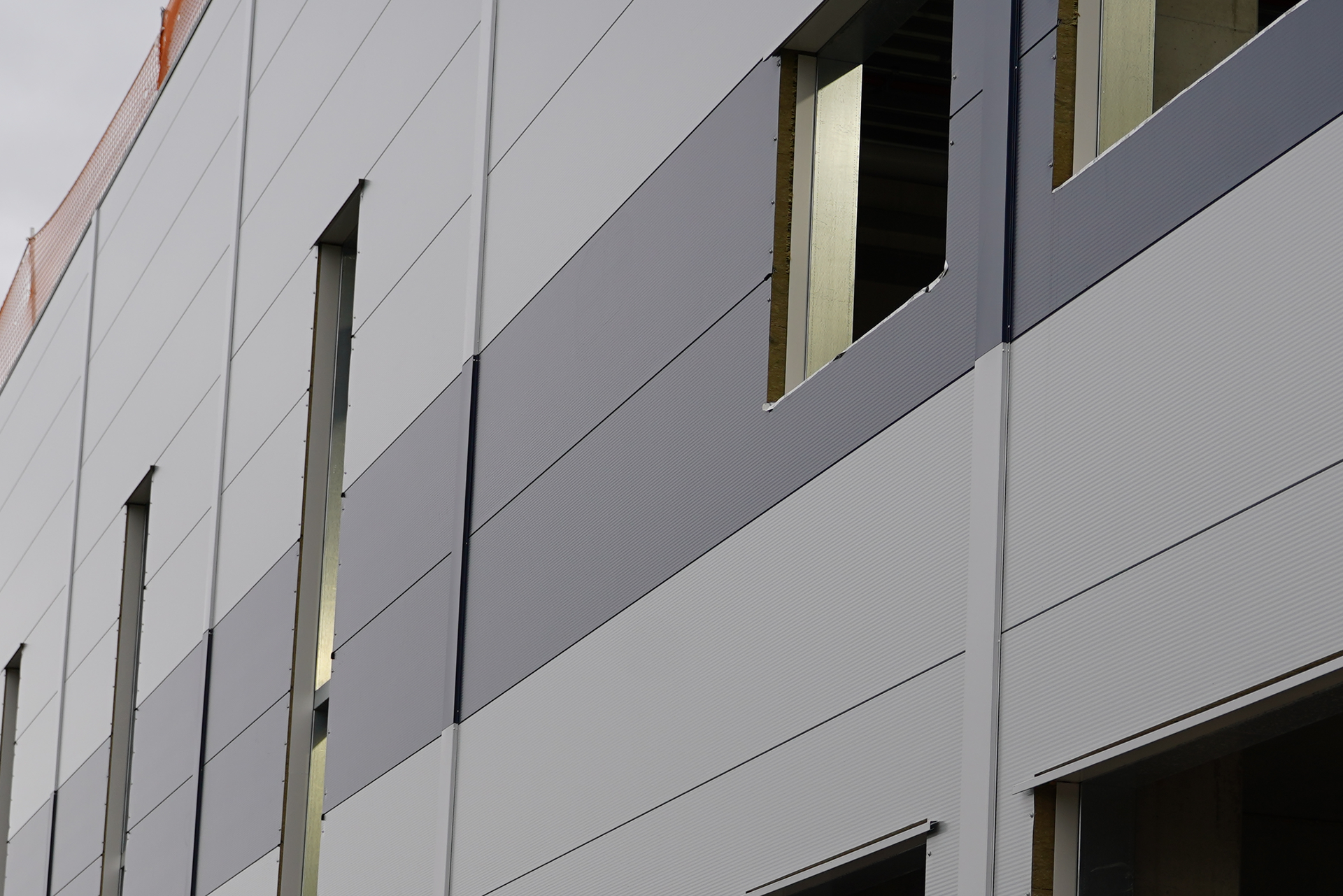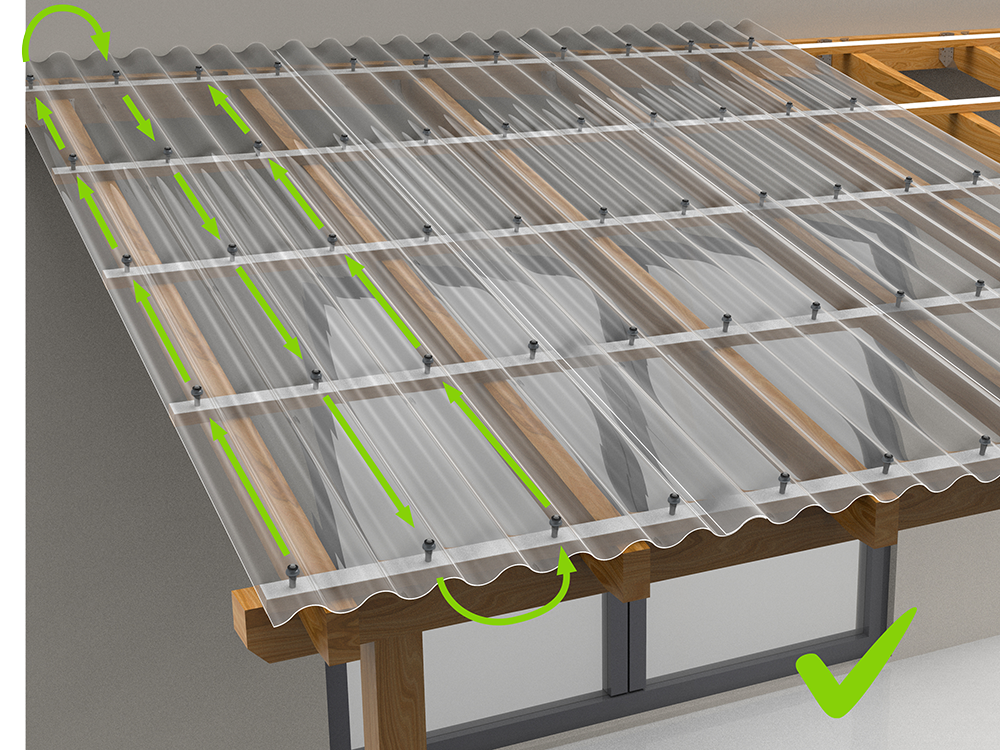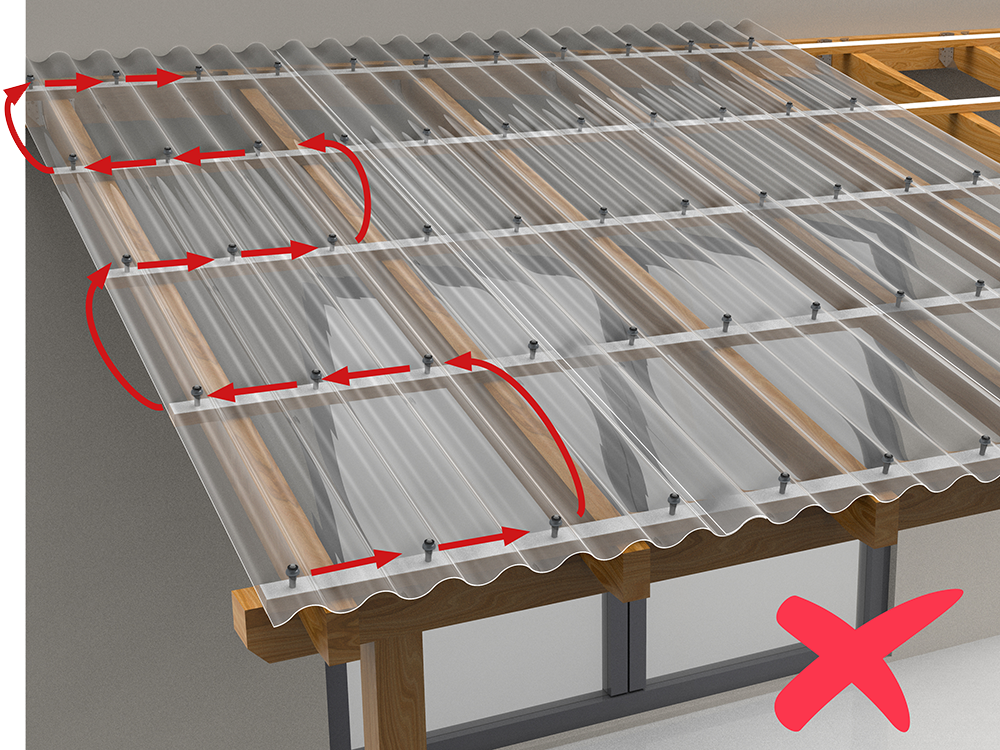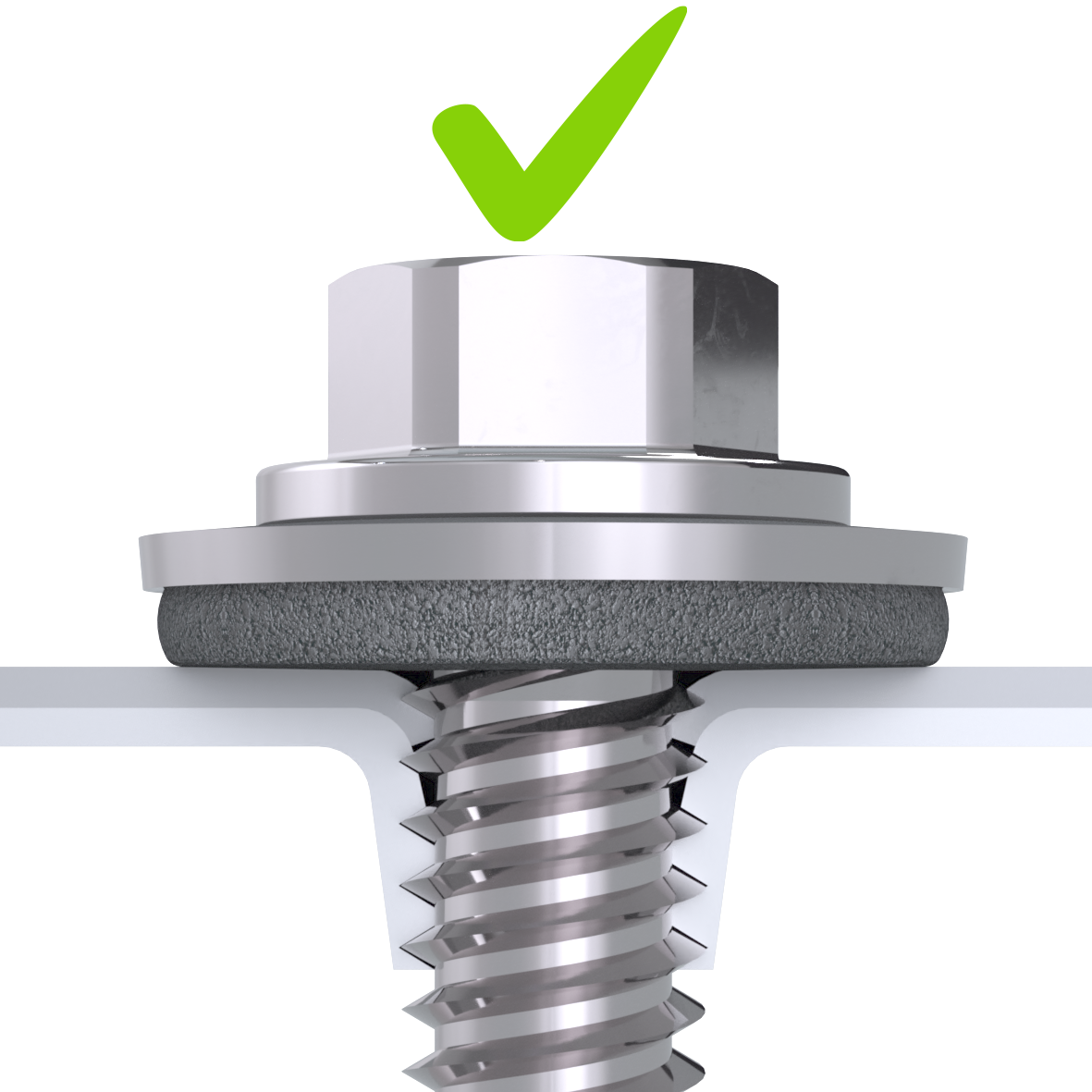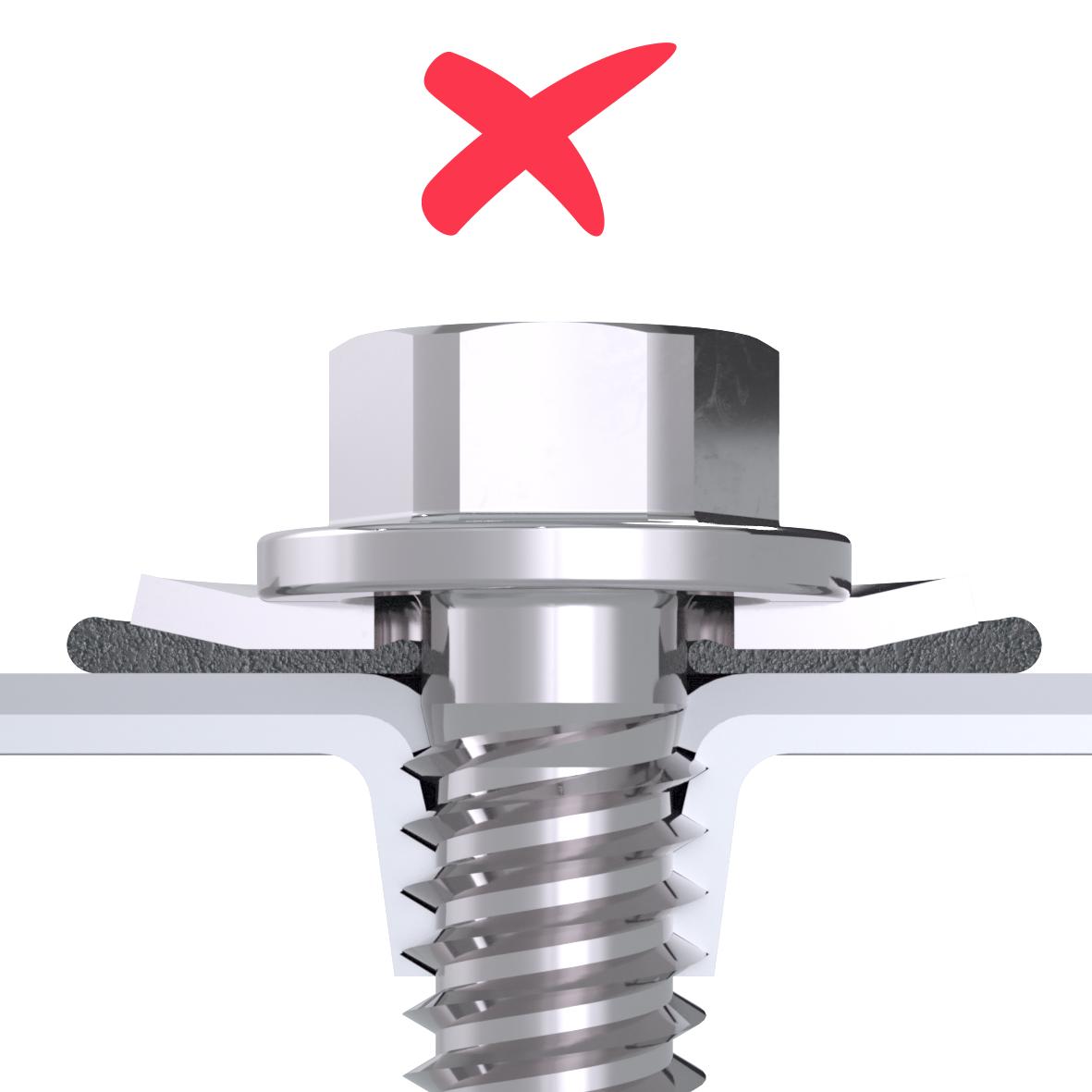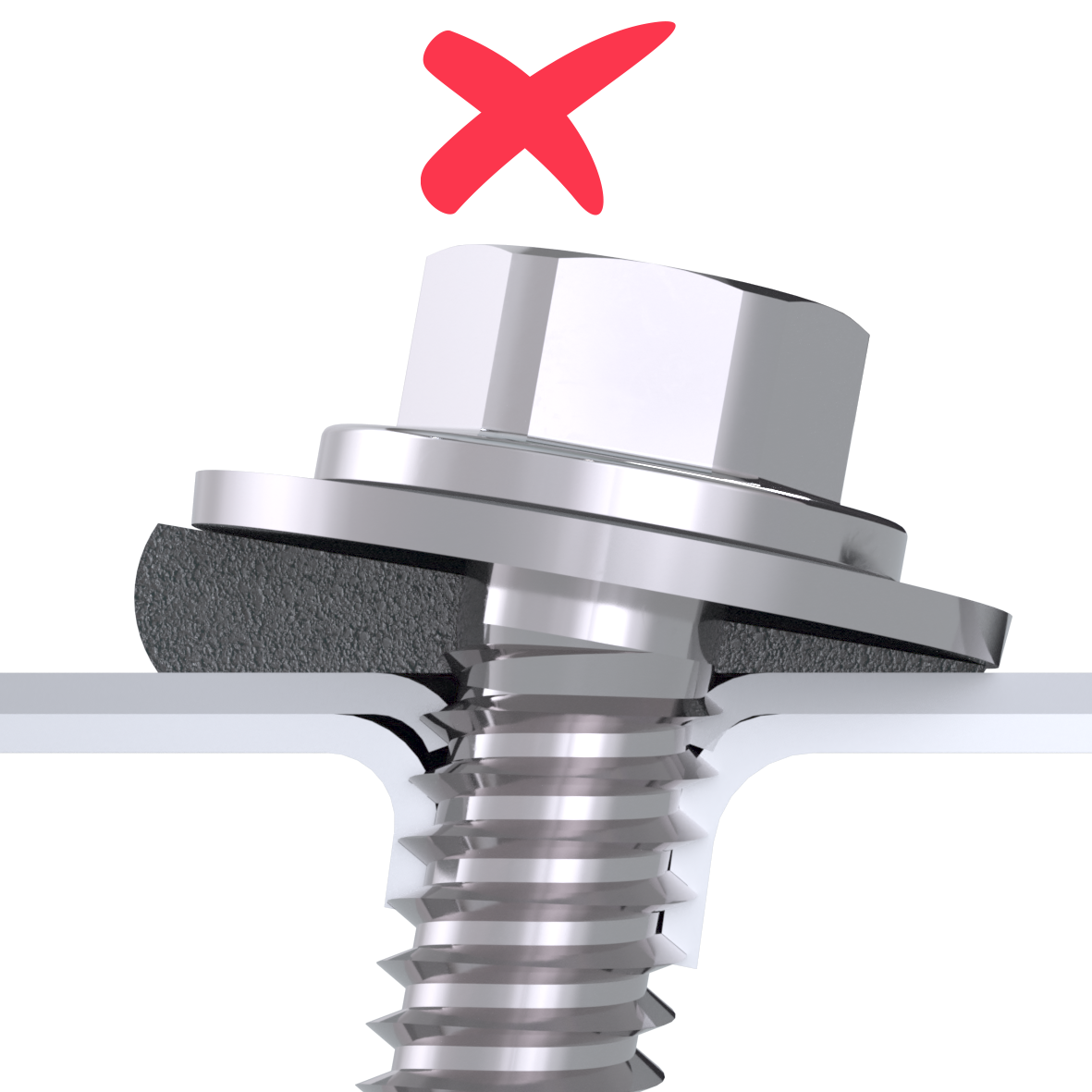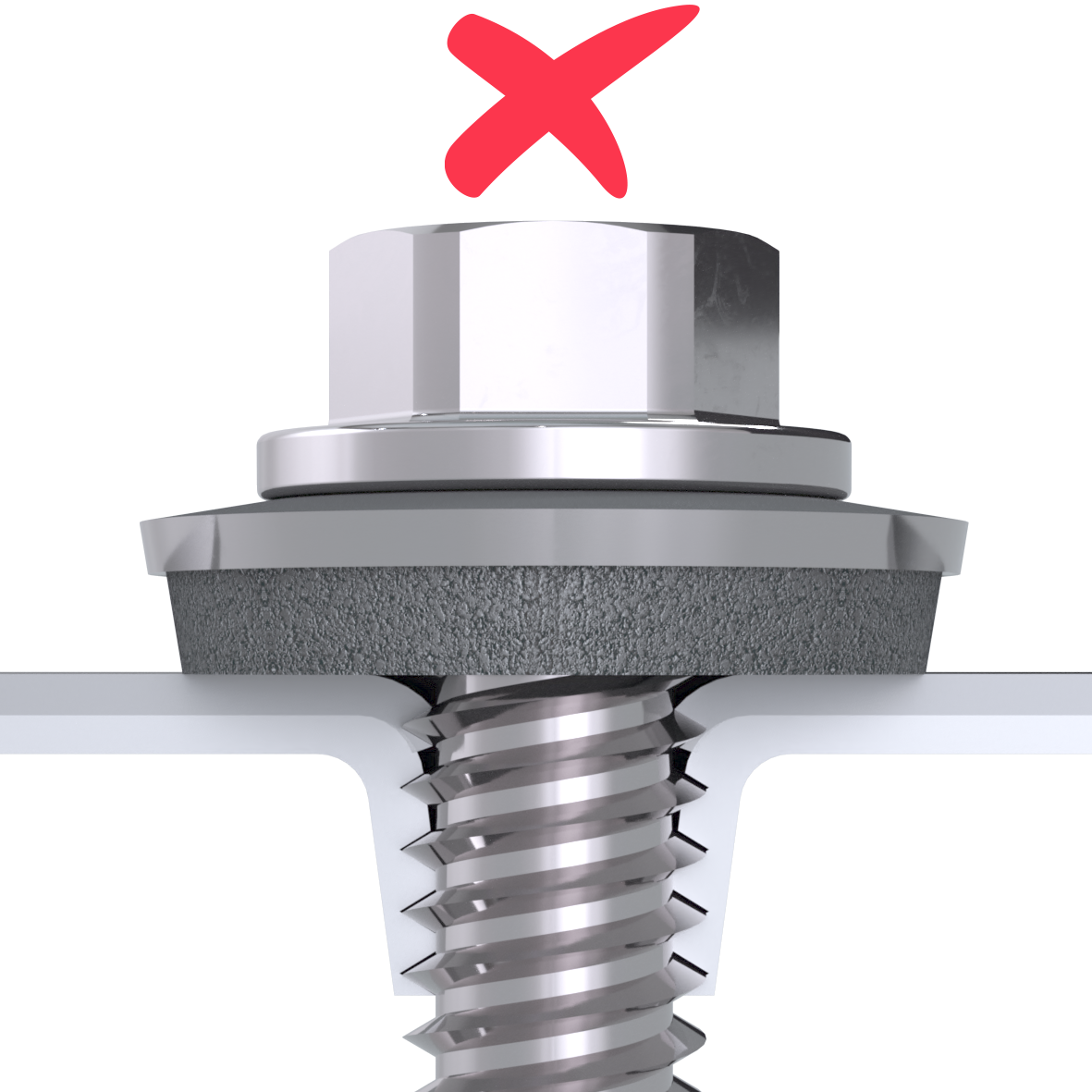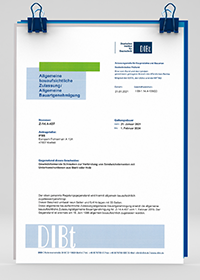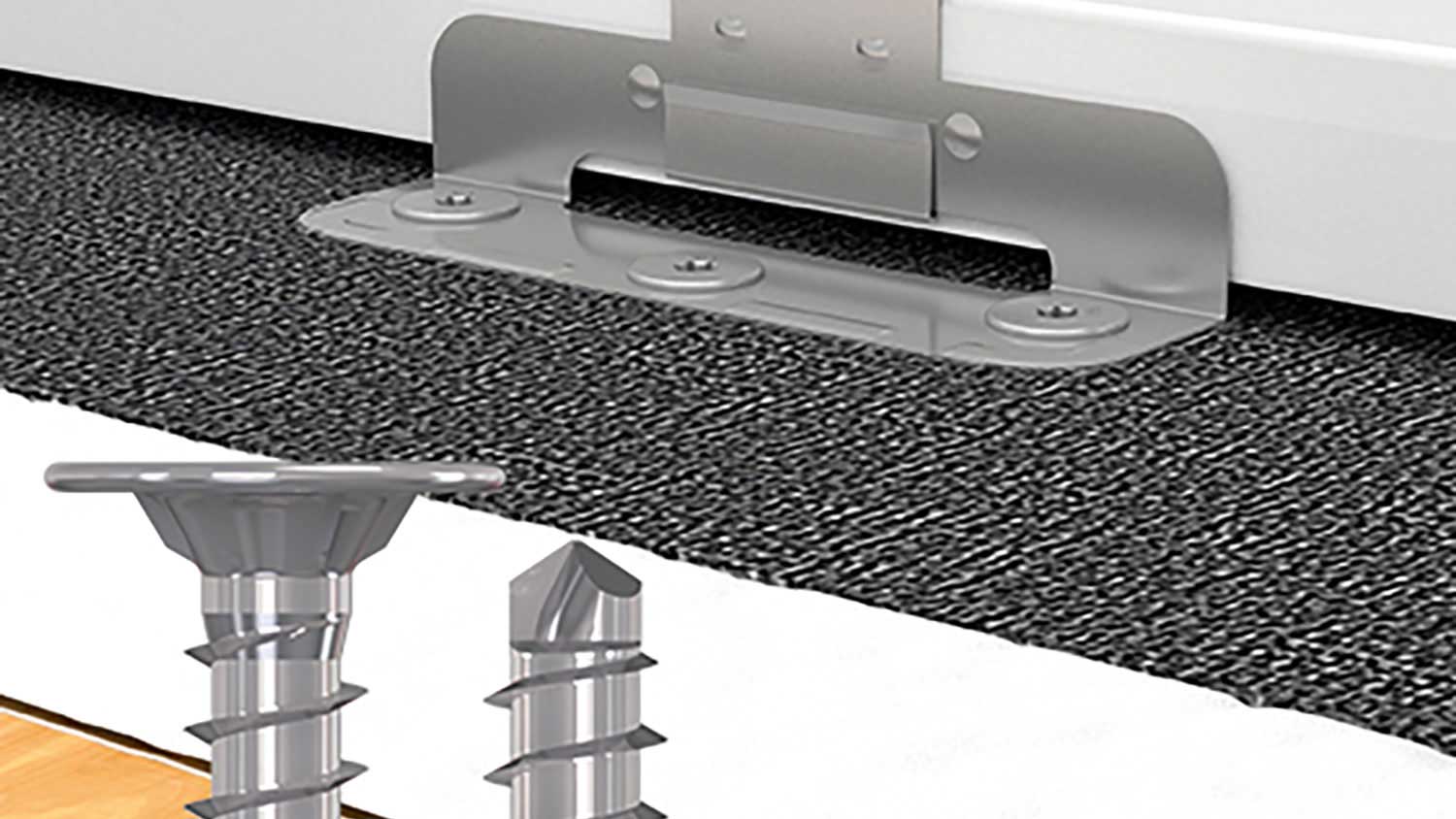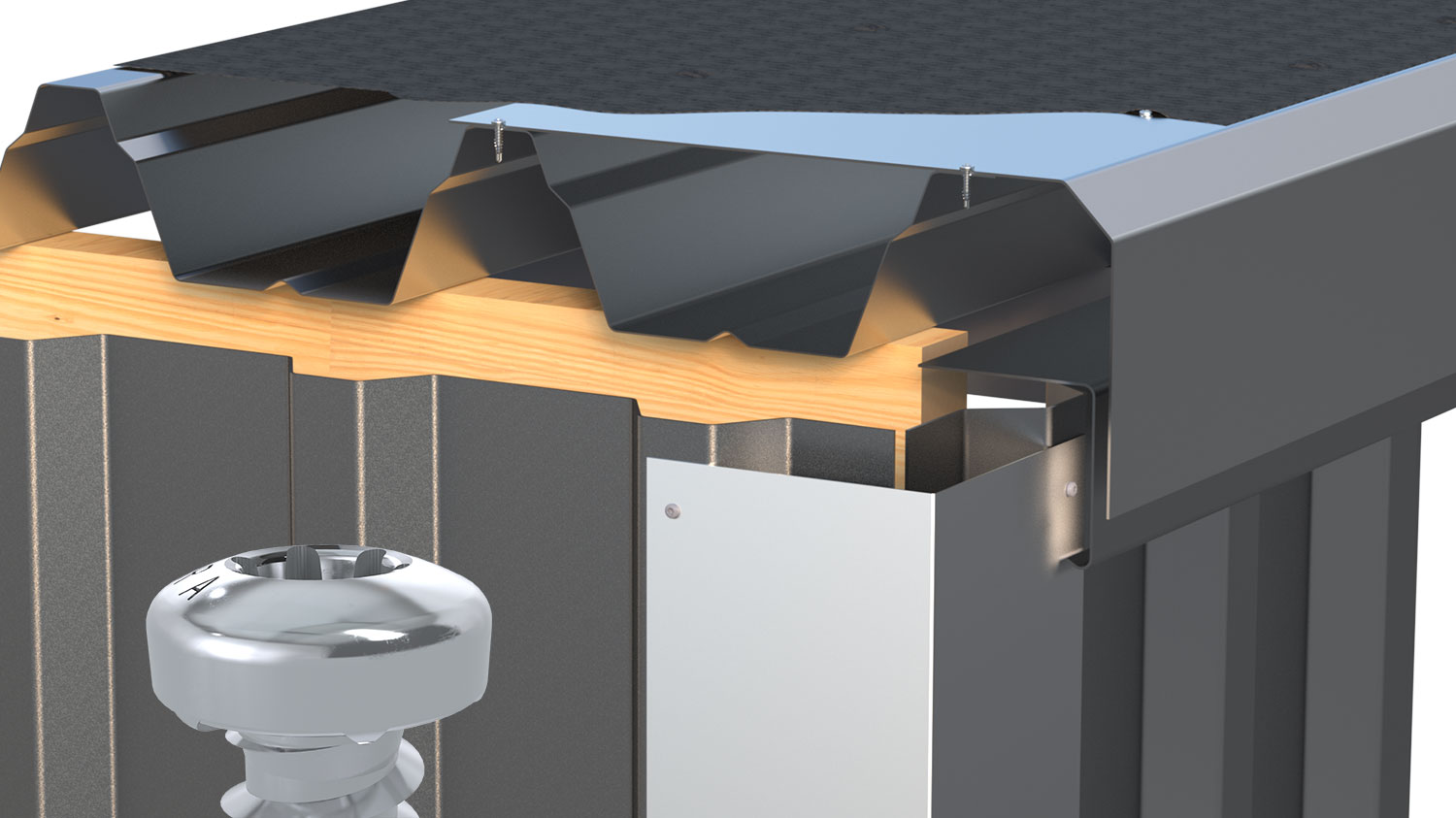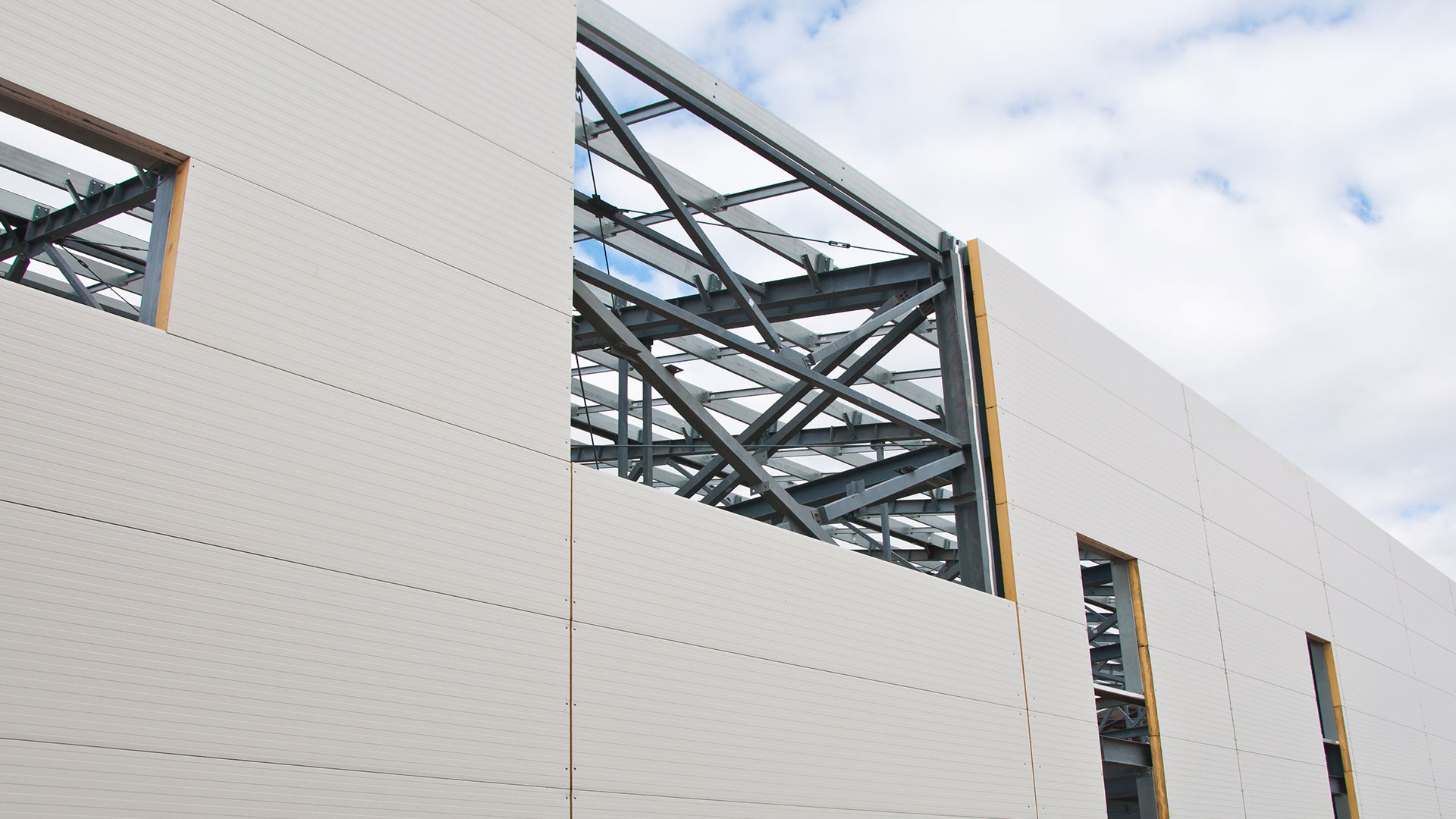
Facade World of Applications
In our World of Applications, we bring together all aspects relating to the professional installation of your facade. We’ll support you in choosing the right fastening element and provide helpful installation expertise. Dive into the facade World of Applications, because our aim is to make your work easier.
FASTEN YOUR FACADE SECURELY WITH REISSER
We offer a carefully coordinated range of fastenings for many different facade profiles that can withstand a wide variety of climate conditions such as wind, temperature and precipitation. For a perfect colour match to your facade, we also offer the option of painting the head. We guarantee secure fastening with an attractive look and simple installation. Find out everything you need to know about proper installation and the right fastening element for your job in our facades World of Applications!
The clamping range is defined by the thickness of the component that is fixed to a substructure (wood, steel or aluminium).
Wood clamping area = Component 1
Sealing washer (2 mm) and saddle washer (3 mm) are already included in the calculations. If for example a saddle washer is not used in the assembly, the clamping area is extended by 3 mm.
Example:
Roof cladding on wooden substructure
Component 1: Sandwich panel (core thickness 80 mm* / total thickness 120 mm)
Component 2: Wooden purlin dimension: 80 x 100 mm
--------------------------------------------------------
= clamping area 120 mm (component 1 = 120 mm)
* in the case of screw connection in the bottom chord, value for component 1
Clamping area for steel / aluminium = Component 1 + Component 2
Sealing washer (2 mm) and saddle washer (3 mm) are already included in the calculations. If for example a saddle washer is not used in the assembly, the clamping area is extended by 3 mm.
Example:
Roof cladding on steel substructure
Component 1: Sandwich panel (core thickness 60 mm * / total thickness 100 mm)
Component 2: Z steel purlin - 4 mm
--------------------------------------------------------
= clamping area 104 mm (100 mm + 4 mm ; component 1 + component 2)
* in the case of screw connection in the bottom chord, value for component 1
Transverse butt joints*: Here each profile rib must be fitted with the corresponding connecting screw or screws.
* For reasons of building physics, transverse joint overlaps in the roof area should be avoided wherever possible, as every transverse joint represents a fundamental weakening of the rain resistance.

Fastening light panels
Laying instructions:
Heat can build up under the profile panels on dark surfaces and in intense sunlight. In unfavourable cases, this can lead to discolouration, deformation or even cracks in the profile. Therefore, the contact surfaces of the substructure to the light panel must be brightly reflective (paint in a bright/white colour or place bright/white (polyethylene) foam strips underneath).
The following applies according to the IFBS guidelines:
The top chord is fastened with a screw and sealing washer Ø ≥ 19 mm. An alternative is a top chord fastening with a spherical cap with screw and sealing disc Ø ≥ 16 mm matched to the geometry of the trapezoidal profile.
On wooden purlins, only connection elements may be used for which use for component II made of wood is expressly permitted in the above-mentioned approvals.
Fastening in the top chord has proved to be successful on wood supporting structures.
Source: Leichtbauen.IFBS; Fachregeln des Metallleichtbaus; 1/2014 edition
ETA approval for certified screw connections
The European Technical Assessment ETA is a generally recognised proof of a construction product’s technical suitability within the meaning of the Council Directive of the European Community 89/106/EEC dated 21st December 1988.
An ETA has been issued for our screws DNS plus, HBS, TKS, R2 plus, DRIBO, SPARIBO, UHB, wood connector screw and wood facade screw.
The following components are mandatory for a valid ETA approval of your screw connections:
European Technical Assessment
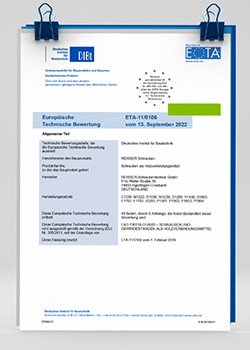
The European Technical Assessment (ETA) is a generally recognised proof of a construction product’s technical suitability within the meaning of the Construction Products Regulation in the EU member states.
Performance Declaration
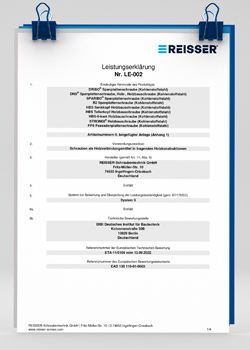
The performance declaration for a product is the written confirmation of the responsible manufacturer in accordance with the Construction Products Regulation. With this declaration, the customer declares and confirms with binding effect that the product possesses the properties specified on the declaration.
CE mark
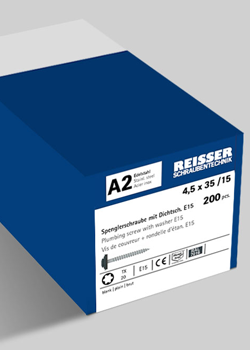
The CE mark on a product’s label is intended to ensure that the correct product with the specified technical characteristics is used based on the information provided. At the same time, it forms the basis for proof of marketability.
General technical approval (abZ in Germany)
The abZ is an official procedure in Germany that ensures that construction products and types of construction comply with the applicable building regulations. The approval is granted following an inspection and assessment under building law.
“The abZ is the classic among the national certificates of usability for construction products. It has been issued by the DIBt since 1968. The abZ regulates the building authority-relevant properties of the construction product, its areas of use as well as finishing, transport, storage, labelling and conformity confirmation."
(Source: https://www.dibt.de/de/wir-bieten/zulassungen-etas-und-mehr/abz-abg)
